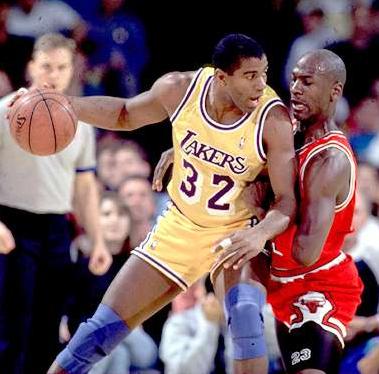No One Cares If It Ain’t Fair
Posted in New Posts, News on October 29th, 2010 by Troy MilesLet’s be honest. Not all coaches are fair. They all seem to want to win, but some are hell- bent on winning a certain way, and that may or may not include your services– in the beginning. Sometimes no matter how well you perform, coaches- especially at the college or pro level or any situation where they have a plethora of options, may not play you … just because. You choose it. He may not like something about your game, something about you, or whatever. It really could be… just because? SMH

I personally believe that coaches who don’t allow the players to decide who plays (based on their play), should be lined up and exterminated. It goes against the true spirit of competition and our american principles. It’s beyond wrong – but it happens all the time. And worse, everyone seems to stand idly by and let it happen.
The answer, if you find yourself “caught up”…
Resist the urge to whine to that seemingly sympathetic ear. Your teammates- and others want to support you (usually), but in reality they’re singularly focused on their own circumstance. The assistant coaches will give you the good cop, bad cop (head coach) routine. Uggh! (Remain pleasant).
However, the only real way to change your circumstance is to continue to demonstrate (every second) what you’re capable of and by maintaining a positive and supremely joyous attitude. If you truly deserve to play, everyone knows it- including the head coach.
There’s usually some block (rational or irrational) in the mind of a coach who doesn’t play a person who deserves to play. Remaining positive and gracious will eventually allow him or her to save face when your play demands that you be included- if only to preserve the integrity of the group. If you keep performing, something will give and sooner than it seems while your caught up in it (not playing).
Once the paradigm shift happens and the coaches’ perception of you changes, he’ll (if only privately) have a greater amount of respect for you and will typically be better able to evaluate you at face value. Equally important, he will eventually allow you to flourish according to your capabilities… and deservedly so!









